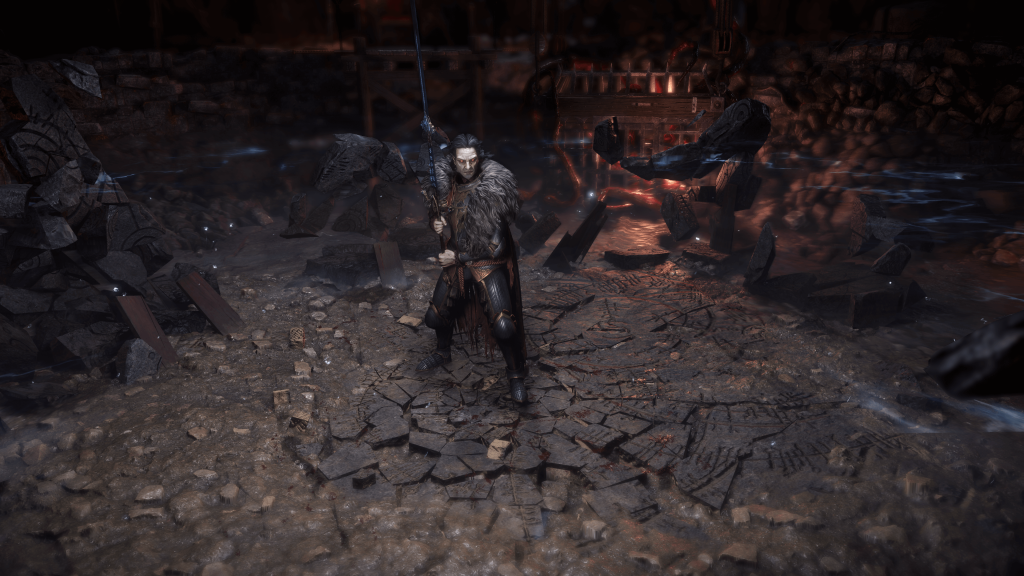poe 2: Exploring Endgame Mechanics and Atlas Progression
Path of Exile 2 expands on the series’ legendary endgame content, offering players a rich and challenging progression system that keeps the gameplay engaging long after the main story is completed. Central to this experience is the Atlas of Worlds, a dynamic system of maps and bosses that rewards careful planning, exploration, and mastery of game mechanics.
The Atlas is composed of numerous interconnected maps, each with its own modifiers, difficulty levels, and potential rewards. Players navigate these maps to encounter rare monsters, unique bosses, and high-value loot. One of the unique aspects of the Atlas system is its scaling difficulty, which ensures that as players progress, the challenges become increasingly demanding. Success depends not only on character power but also on strategy, knowledge of map mechanics, and proper preparation with gear, flasks, and skill setups.
Map modifiers are a crucial aspect of endgame strategy. Players can apply various affixes to maps, enhancing the challenge by increasing monster damage, adding elemental hazards, or introducing special mechanics. While riskier maps can yield greater rewards, they also require careful consideration of resistances, crowd control abilities, and damage mitigation strategies. High-level players often meticulously plan map runs to maximize efficiency, balancing risk versus reward to farm for specific items or experience.

Endgame bosses and encounters in Path of Exile 2 provide some of the most intense and rewarding experiences. Many of these bosses have unique mechanics that test a player’s understanding of the game’s combat systems. Learning boss patterns, timing defensive abilities, and managing skill rotations are essential for survival. Some encounters also require cooperative gameplay, encouraging players to strategize together in party setups, making team synergy an important component of endgame success.
Atlas progression is driven by both map exploration and strategic upgrades. Completing maps and defeating bosses unlocks new regions, while players can influence the Atlas with special items and mechanics to open previously inaccessible content. This layer of customization allows players to direct their progression, choosing whether to focus on farming specific loot, tackling challenging bosses, or exploring new map content. The Atlas system creates a sense of continuous progression, keeping players engaged by presenting fresh challenges and rewards.
League mechanics add additional variety to the endgame. These temporary game modes introduce unique mechanics, often altering the Atlas, monsters, or reward systems in ways that require players to adapt their strategies. Participating in leagues not only offers unique rewards but also provides an evolving challenge that prevents the endgame from becoming repetitive. Experienced players often develop specialized builds and farming strategies tailored to league mechanics, highlighting the game’s emphasis on adaptability and skill.
Path of Exile 2’s endgame and Atlas systems provide a deep and engaging experience that extends beyond the main storyline. Mastery requires strategic planning, understanding of map and boss mechanics, and careful character optimization. The combination of map modifiers, Atlas progression, and league content ensures that endgame players are constantly challenged and rewarded, making exploration, preparation, and adaptability the hallmarks of success in poe 2 items sale.